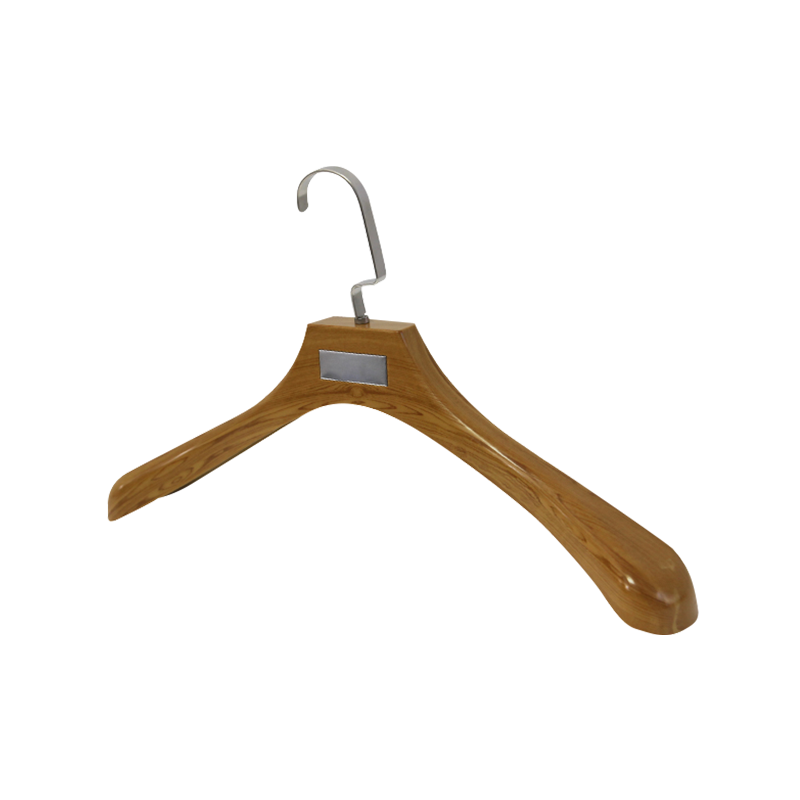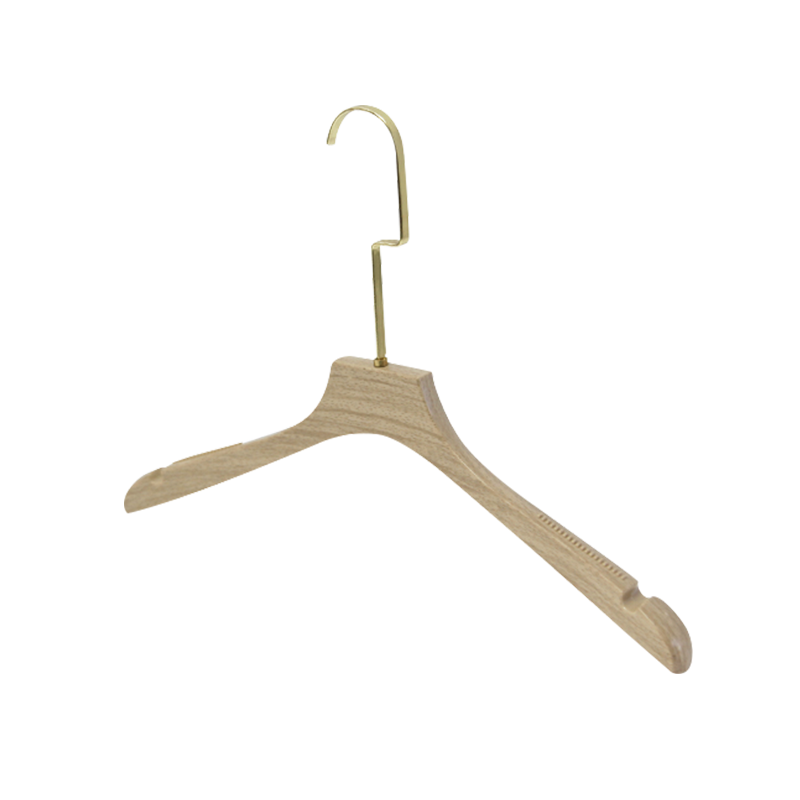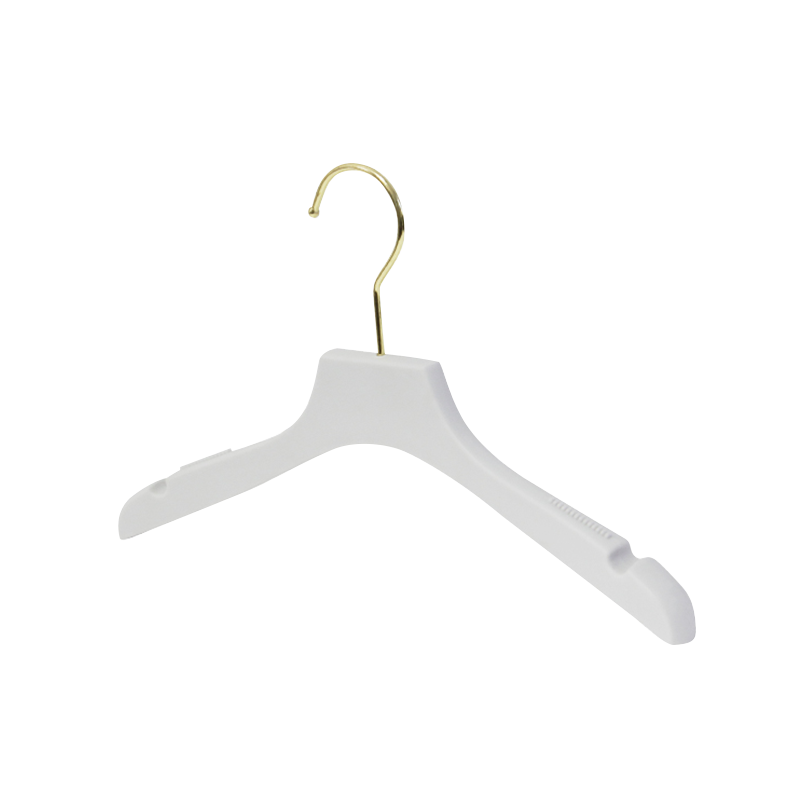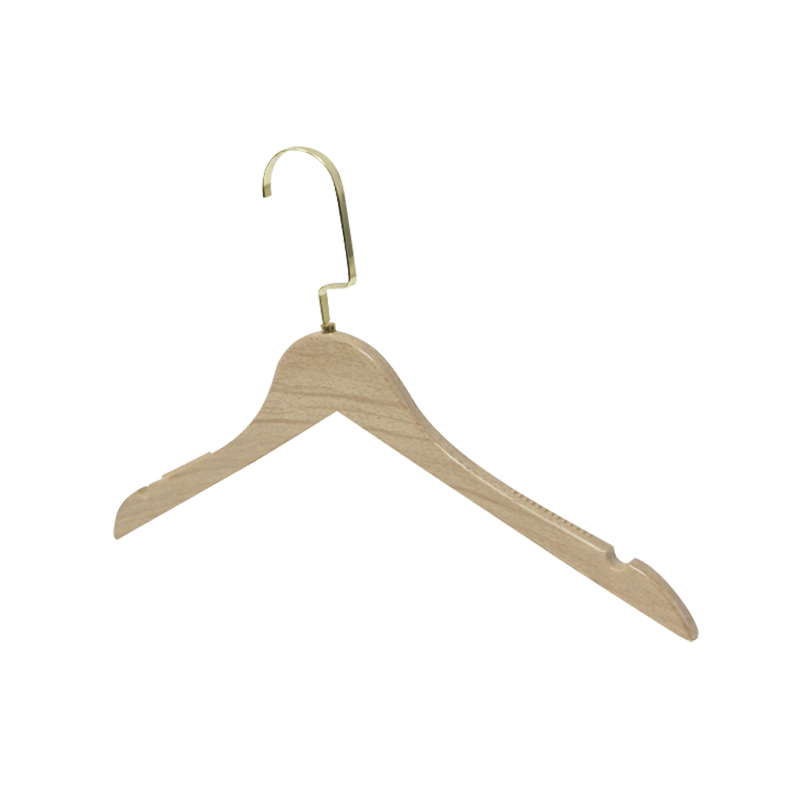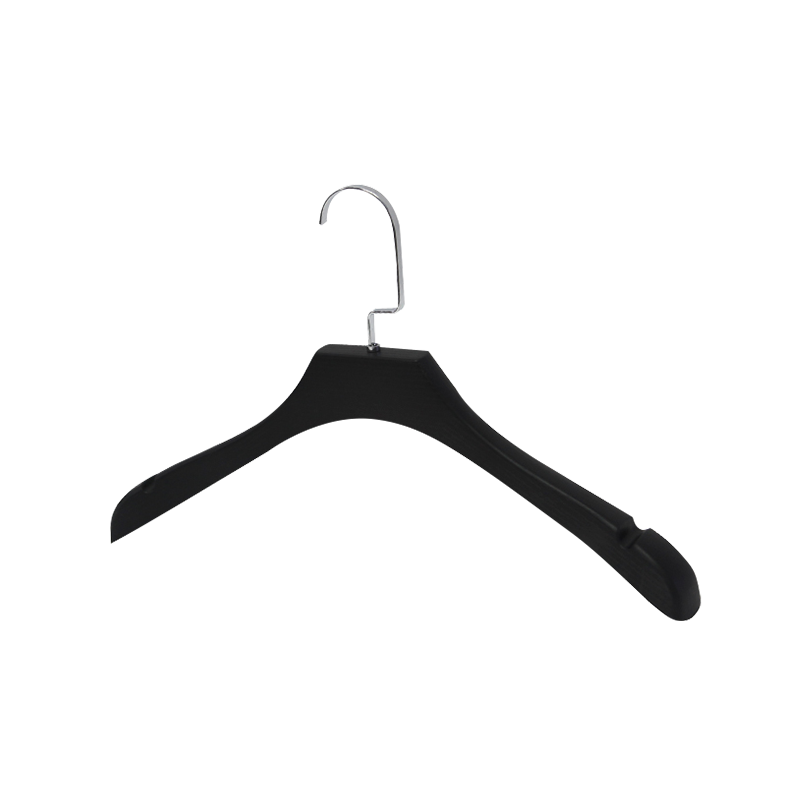The modern Electric Garment Steamer has become a staple in many households, offering a convenient and effective alternative to traditional irons for removing wrinkles from a wide variety of fabrics. While consumers often focus on features like heat-up time, tank capacity, and portability, the internal component that plays a pivotal role in performance and longevity is often overlooked: the inner liner. This crucial part, which houses the heating element and contains the boiling water, is the engine room of the device. The material chosen for this liner is not arbitrary; it is a deliberate decision that influences the appliance's efficiency, safety, maintenance needs, and overall durability. Therefore, understanding the considerations behind selecting the inner liner for an Electric Garment Steamer provides valuable insight into the product's quality and its suitability for long-term use.

Material Composition and Thermal Properties
The fundamental role of the inner liner is to heat water quickly and maintain a consistent temperature, making its material composition the primary consideration.
Heat Conductivity: The liner must be constructed from a material with thermal conductivity. This property determines how quickly the heating element can transfer energy to the water, a faster steam-ready time. Materials like aluminum alloys or certain stainless steels are often favored for their ability to distribute heat evenly, preventing localized hot spots that could cause premature scaling or damage.
Heat Retention: Once the desired temperature is achieved, the liner should help maintain it efficiently. Good heat retention ensures a steady and consistent flow of steam during use, without significant fluctuations in pressure or temperature. This consistency is key to achieving smooth, wrinkle-free results on garments. A liner that loses heat quickly would force the heating element to cycle on and off more frequently, which can impact energy efficiency.
Material Integrity: The liner must withstand constant cycles of heating and cooling, as well as the internal pressure generated by steam. The material must have the structural integrity to resist warping, cracking, or corrosion over time. The choice of a robust material ensures the core component of the Electric Garment Steamer remains reliable throughout the product's lifespan.
Durability and Resistance to Mineral Build-Up
The quality of tap water varies greatly by region, and much of it contains minerals that can accumulate inside the liner. This makes resistance to scale build-up a critical factor in the selection process.
Scale Formation: When water is heated, minerals like calcium and lime precipitate out and form a hard, crusty layer known as limescale. This scale acts as an insulator, reducing the liner's heating efficiency and potentially longer heat-up times and higher energy consumption. In severe cases, it can even block steam vents.
Surface Finish and Coatings: To combat this, manufacturers often apply special coatings or treatments to the inner surface of the liner. Non-stick coatings, similar to those used in cookware, can prevent mineral deposits from adhering strongly, making them easier to flush out during cleaning. A smooth, polished surface finish is also more resistant to scale accumulation than a rough, porous one.
Long-Term Performance: A liner designed to resist scaling will maintain its performance for a longer period. This durability directly influences the operational consistency of the Electric Garment Steamer, ensuring that it produces a powerful, consistent jet of steam even after months or years of regular use, without a significant decline in efficiency.
Safety and Manufacturing Precision
As a component that contains boiling water and operates under electrical current, the inner liner must be engineered to the standards of safety.
Pressure Management: While garment steamers are open systems that do not build up high pressure like a pressure cooker, the liner still contains expanding steam. Its construction must be robust enough to handle this internal force without risk of failure. Precise manufacturing ensures there are no weak points or seams that could compromise its integrity.
Electrical Insulation: The liner houses the heating element and must provide complete electrical isolation from the water and the outer casing of the unit. The material and its integration into the assembly must prevent any possibility of electrical current reaching the user, a non-negotiable aspect of the design for any Electric Garment Steamer.
Thermal Insulation: Externally, the liner must be well-insulated to keep the outer body of the steamer at a safe temperature to handle. This protects the user from accidental burns and prevents damage to other internal components from excessive heat, contributing to the overall safety and reliability of the appliance.



 Language
Language  English
English 中文简体
中文简体 Español
Español русский
русский
